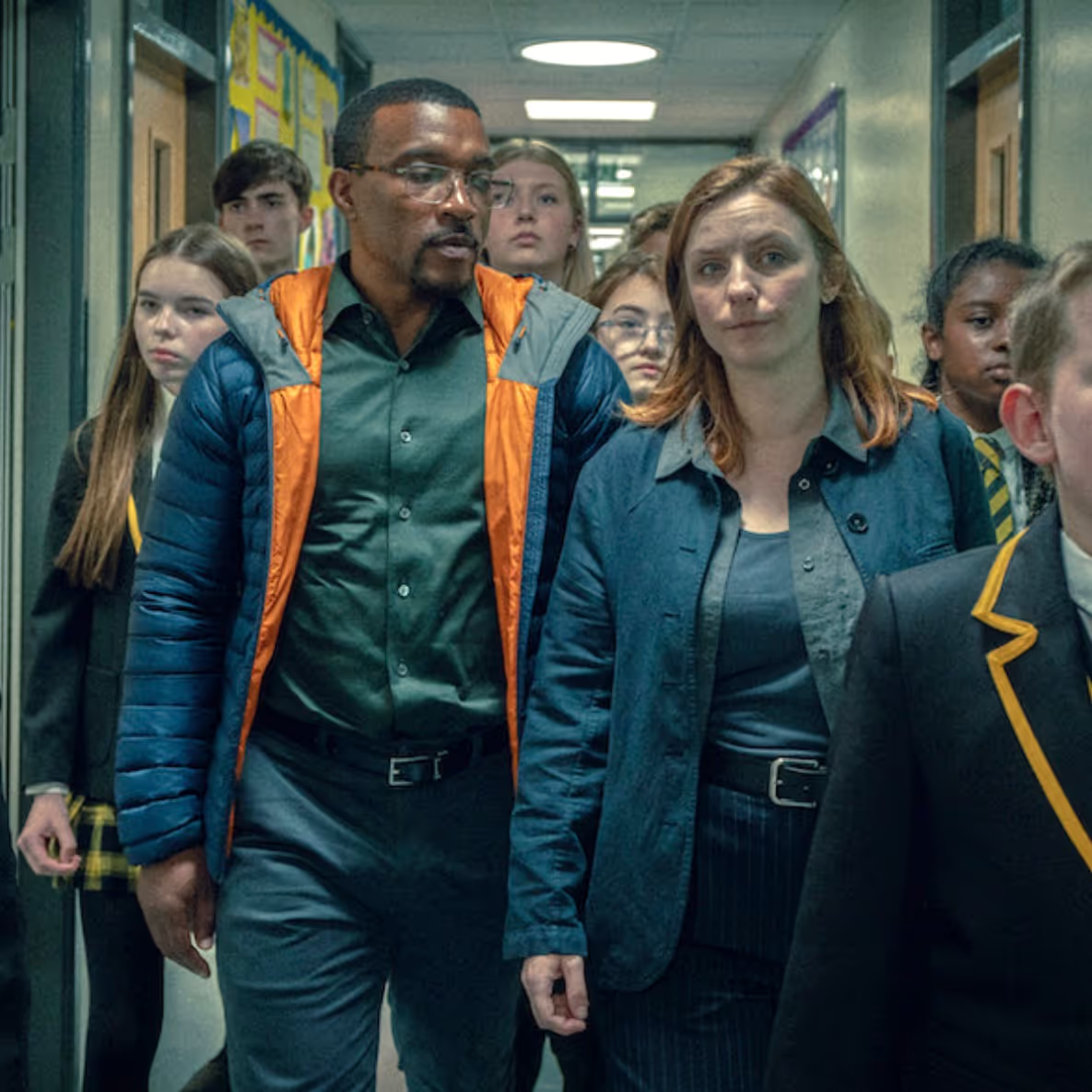


Who ever thought that we would be living in a world where porn would just pop up unannounced on our screens? I was disappointed recently to see all sorts of sexual content pop up at the end of a YouTube trailer for Embrace, a serious documentary about body image issues.
And it is not just sexual content, not just soft core porn, but hard core porn that is a click away. That means porn is just a click away for so many of our kids. Net blockers can be helpful, but they have their limitations. For example, kids can be on screens at their friend’s or relative’s homes. I strongly believe that we as parents need is to start talking about inappropriate media sooner rather than later. But what do you say and at what age?
Everyone will do things differently, but for this post, I am focusing on having a conversation about the paid sex industry. (I will address the impact of youth viewing of porn at a later date).
For younger children, it is important to explain that sometimes people online might not have clothes on and might be touching others and that you want them to come and talk to you if they see such things. Tell them that if they see images that make them feel uncomfortable to trust that feeling and let you know. We want to get kids to realize how important it is to “listen to their gut.”
When kids get older, it is important to talk about the realities of the sex industry. It is a fact that humans are wired in a way that they can experience arousal and pleasurable feelings when watching sexy images and sexual acts but there are many reasons why this type of media is not good including:
I want to leave with one more thought. It is key to express in our conversations with our children that it is normal to have sexual feelings and not to feel shame about such feelings. Shame is toxic. Shame is the idea that “I am bad, I am not worthy.” As humans, we are social; we are all about connection. When someone feels that they are faulty, not worthy—particularly kids—this can lead to damaging feelings and then to risky behaviors.
Learn more about showing our movies in your school or community!
Join Screenagers filmmaker Delaney Ruston MD for our latest Podcast

Learn more about our Screen-Free Sleep campaign at the website!
Our movie made for parents and educators of younger kids
Learn more about showing our movies in your school or community!
Learn more about showing our movies in your school or community!
Join Screenagers filmmaker Delaney Ruston MD for our latest Podcast

Learn more about our Screen-Free Sleep campaign at the website!
Our movie made for parents and educators of younger kids
Join Screenagers filmmaker Delaney Ruston MD for our latest Podcast
As we’re about to celebrate 10 years of Screenagers, we want to hear what’s been most helpful and what you’d like to see next.
Please click here to share your thoughts with us in our community survey. It only takes 5–10 minutes, and everyone who completes it will be entered to win one of five $50 Amazon vouchers.
Who ever thought that we would be living in a world where porn would just pop up unannounced on our screens? I was disappointed recently to see all sorts of sexual content pop up at the end of a YouTube trailer for Embrace, a serious documentary about body image issues.
And it is not just sexual content, not just soft core porn, but hard core porn that is a click away. That means porn is just a click away for so many of our kids. Net blockers can be helpful, but they have their limitations. For example, kids can be on screens at their friend’s or relative’s homes. I strongly believe that we as parents need is to start talking about inappropriate media sooner rather than later. But what do you say and at what age?
Everyone will do things differently, but for this post, I am focusing on having a conversation about the paid sex industry. (I will address the impact of youth viewing of porn at a later date).
For younger children, it is important to explain that sometimes people online might not have clothes on and might be touching others and that you want them to come and talk to you if they see such things. Tell them that if they see images that make them feel uncomfortable to trust that feeling and let you know. We want to get kids to realize how important it is to “listen to their gut.”
When kids get older, it is important to talk about the realities of the sex industry. It is a fact that humans are wired in a way that they can experience arousal and pleasurable feelings when watching sexy images and sexual acts but there are many reasons why this type of media is not good including:
I want to leave with one more thought. It is key to express in our conversations with our children that it is normal to have sexual feelings and not to feel shame about such feelings. Shame is toxic. Shame is the idea that “I am bad, I am not worthy.” As humans, we are social; we are all about connection. When someone feels that they are faulty, not worthy—particularly kids—this can lead to damaging feelings and then to risky behaviors.
Sign up here to receive the weekly Tech Talk Tuesdays newsletter from Screenagers filmmaker Delaney Ruston MD.
We respect your privacy.
Who ever thought that we would be living in a world where porn would just pop up unannounced on our screens? I was disappointed recently to see all sorts of sexual content pop up at the end of a YouTube trailer for Embrace, a serious documentary about body image issues.
And it is not just sexual content, not just soft core porn, but hard core porn that is a click away. That means porn is just a click away for so many of our kids. Net blockers can be helpful, but they have their limitations. For example, kids can be on screens at their friend’s or relative’s homes. I strongly believe that we as parents need is to start talking about inappropriate media sooner rather than later. But what do you say and at what age?
Everyone will do things differently, but for this post, I am focusing on having a conversation about the paid sex industry. (I will address the impact of youth viewing of porn at a later date).
For younger children, it is important to explain that sometimes people online might not have clothes on and might be touching others and that you want them to come and talk to you if they see such things. Tell them that if they see images that make them feel uncomfortable to trust that feeling and let you know. We want to get kids to realize how important it is to “listen to their gut.”
When kids get older, it is important to talk about the realities of the sex industry. It is a fact that humans are wired in a way that they can experience arousal and pleasurable feelings when watching sexy images and sexual acts but there are many reasons why this type of media is not good including:
I want to leave with one more thought. It is key to express in our conversations with our children that it is normal to have sexual feelings and not to feel shame about such feelings. Shame is toxic. Shame is the idea that “I am bad, I am not worthy.” As humans, we are social; we are all about connection. When someone feels that they are faulty, not worthy—particularly kids—this can lead to damaging feelings and then to risky behaviors.

So what is pornography, and how do we talk with our young people about this prickly topic? Every time I sit down to write about this, I feel a bit of sadness and, frankly, disbelief. It’s hard to accept that we’ve created a society where youth can be just a click away from all sorts of highly explicit sexual material. And yes, parental controls and blockers can help, but the internet is everywhere, and chances are, they will see things somewhere. But we have to talk about it.
READ MORE >
In today's blog I introduce and give a brief summary of my recent podcast conversation with Jo-Ann Finkelstein, PhD, psychologist and author of Sexism and Sensibility, where we spoke about many topics such as how to raise girls with fierce ambition and critical awareness of gender inequality without making them feel disheartened? And how we can help boys understand the hidden costs of rigid masculinity without shaming them into silence?
READ MORE >
A parent recently told me how upset she was because her teen’s sports team posted something inappropriate in their social media group. Today I share my advice to the mom about ways to handle such a situation.
READ MORE >for more like this, DR. DELANEY RUSTON'S NEW BOOK, PARENTING IN THE SCREEN AGE, IS THE DEFINITIVE GUIDE FOR TODAY’S PARENTS. WITH INSIGHTS ON SCREEN TIME FROM RESEARCHERS, INPUT FROM KIDS & TEENS, THIS BOOK IS PACKED WITH SOLUTIONS FOR HOW TO START AND SUSTAIN PRODUCTIVE FAMILY TALKS ABOUT TECHNOLOGY AND IT’S IMPACT ON OUR MENTAL WELLBEING.
